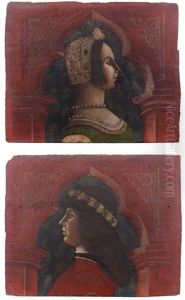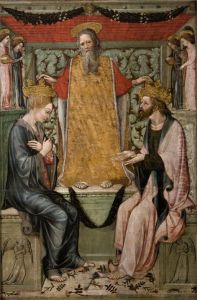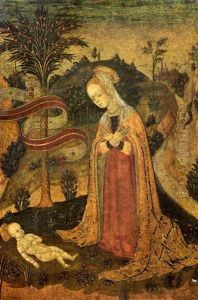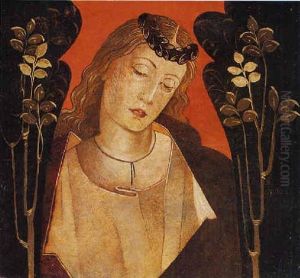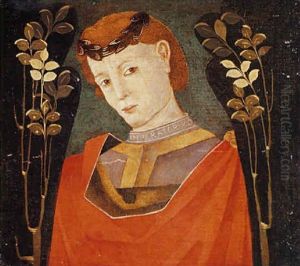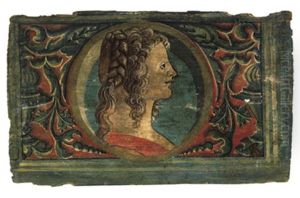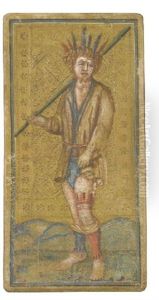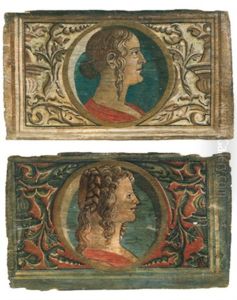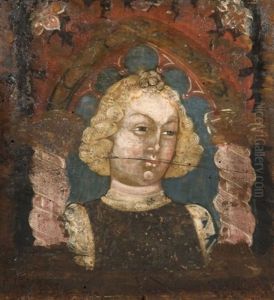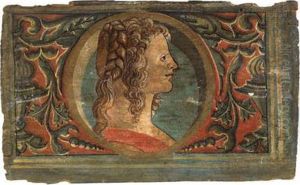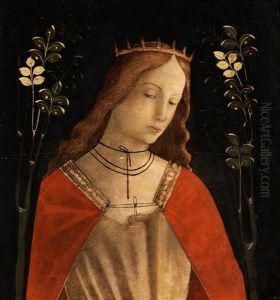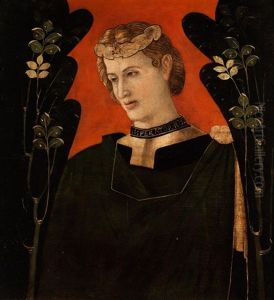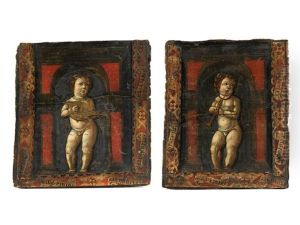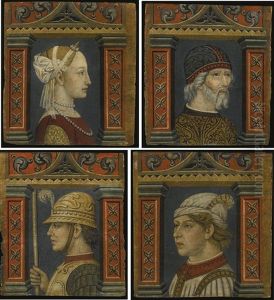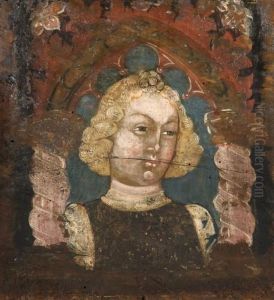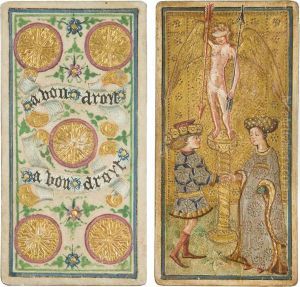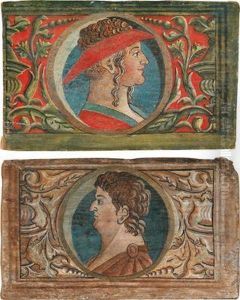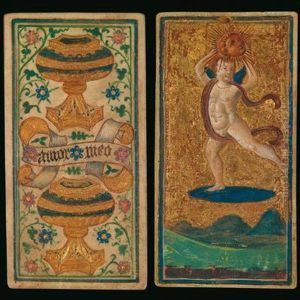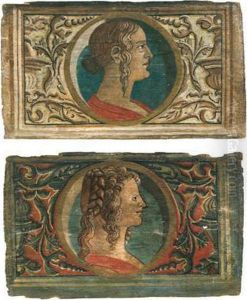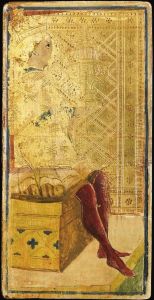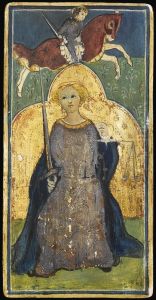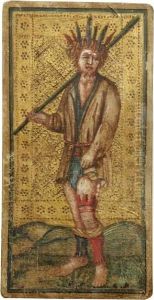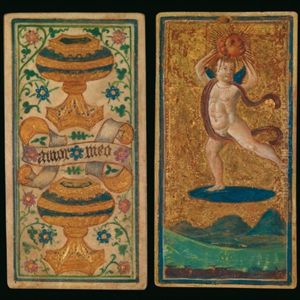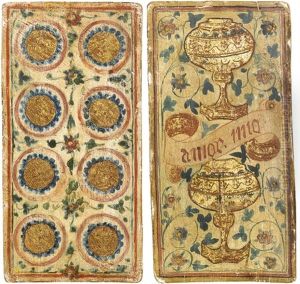Bonifacio Bembo Paintings
Bonifacio Bembo was an Italian painter and manuscript illuminator of the early Renaissance period. He was born around the year 1420, likely in Brescia, a city in the Lombardy region of Italy. Bembo hailed from a family of artists; his father, Giovanni, was a painter, and his brother, Benedetto, was also involved in the arts.
Bembo is best known for his contributions to the Northern Italian school of painting, particularly for his work in the Lombard and Piedmont regions. His style was influenced by the Florentine and Sienese schools, and he was known for incorporating a rich color palette and meticulous attention to detail in his works. Bembo was also influenced by the International Gothic style, which can be seen in the graceful figures and decorative elements present in his paintings.
One of Bembo's most significant works is the series of tarot cards he painted for the Visconti-Sforza family, which are among the earliest surviving examples of tarot decks. These cards are highly valued for their historical and artistic significance and offer insight into the iconography and culture of the time.
Throughout his career, Bembo worked on several prominent commissions, including frescoes and altarpieces for churches and cathedrals. His religious works often featured scenes from the life of Christ, the Virgin Mary, and the saints, executed with a narrative clarity and devotional impact.
Bonifacio Bembo's exact date of death is uncertain, but it is believed that he died around the year 1482. His legacy is preserved in the works he left behind, which continue to be studied and admired for their contribution to the development of Renaissance art in Northern Italy.
